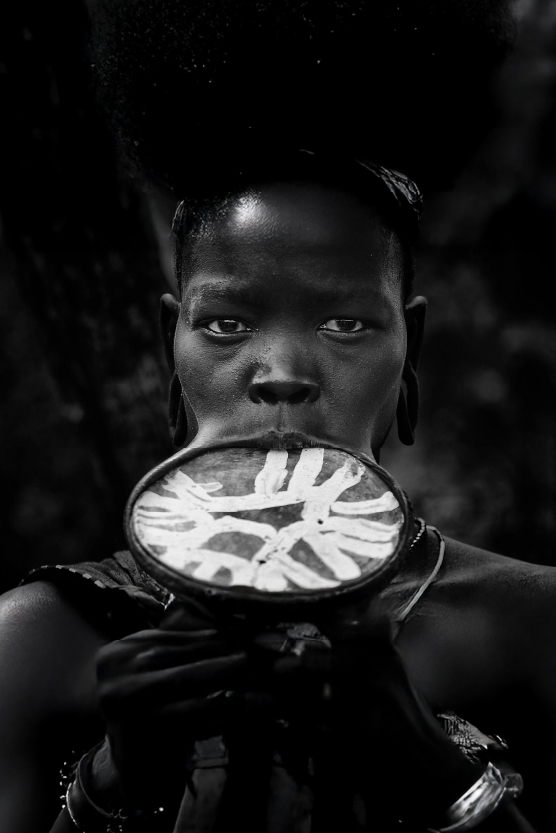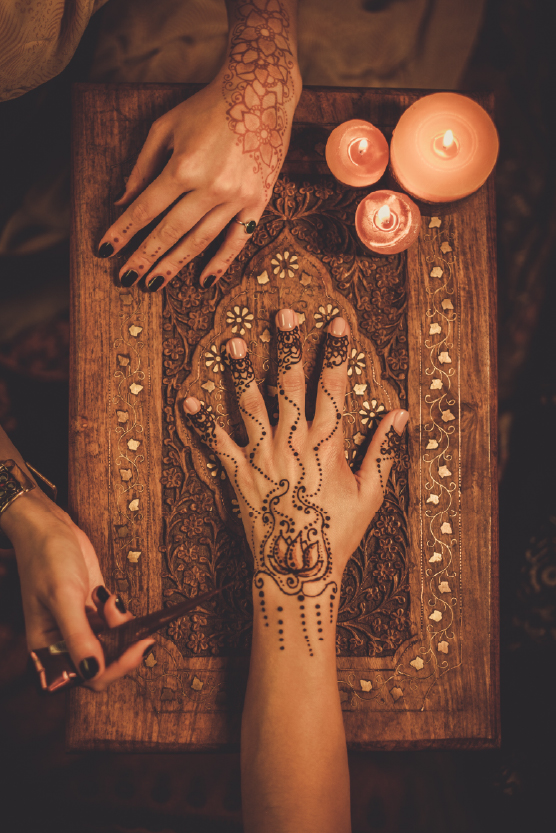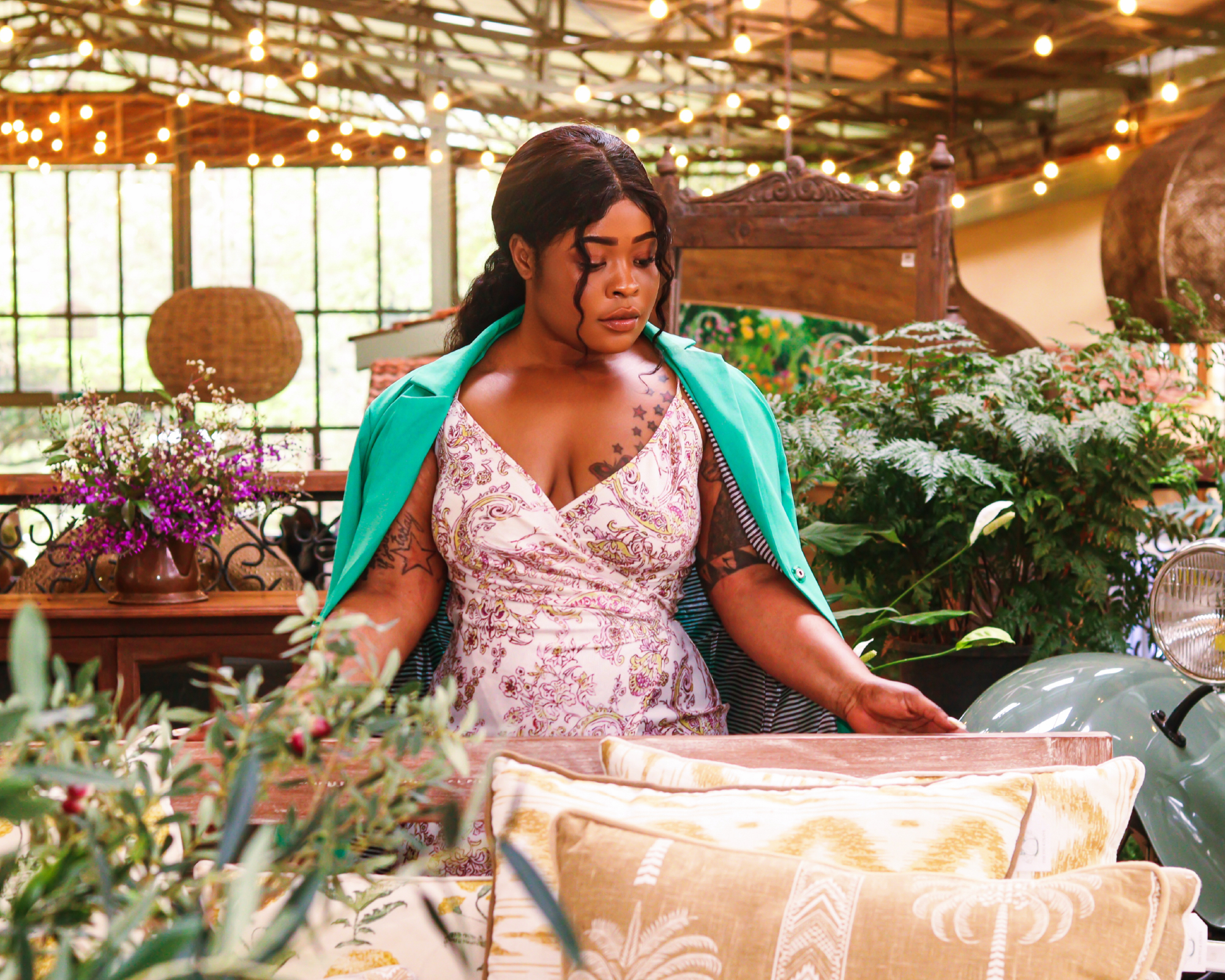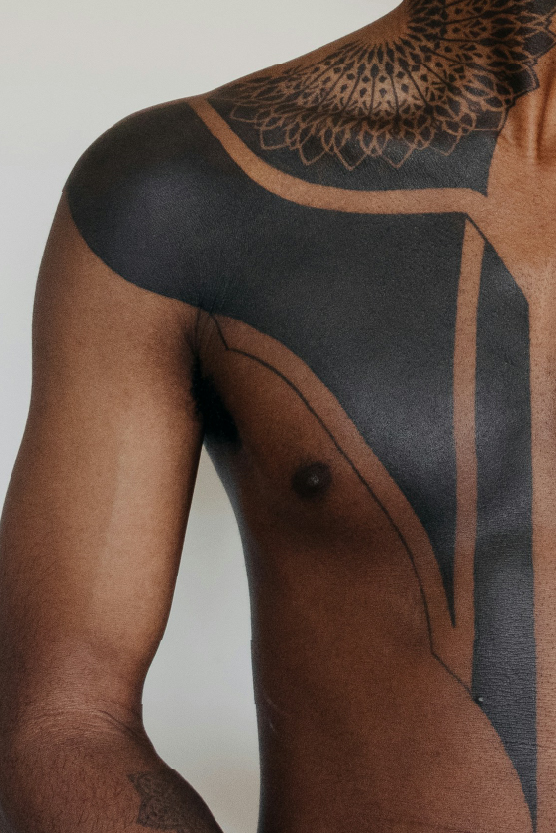If skin could talk, imagine the stories it would tell. In Kenya, before ink parlors and trendy tattoos, bodies were already living, breathing canvases—marked with symbols of heritage, love, and resilience. A scar wasn’t just a scar. A pattern of beads wasn’t just an accessory. Every mark had meaning, every design had a history.
Today, modern ink might be about self-expression, but long before tattoo guns buzzed, Kenyans were already using their skin to speak.
Warriors, Brides, and Legends: The Language of Scarification
Back in the day, you didn’t need an ID card to prove where you came from—your skin did all the talking. Among communities like the Pokot and Samburu, young warriors bore deep, deliberate scars as badges of honor. Each cut was a whispered conversation between skin and tradition, a declaration of courage and belonging.
And it wasn’t just warriors. Scarification played a major role in love and marriage, too. In some cultures, intricate facial markings were signs of beauty, while in others, they signaled that a woman was ready for marriage. Forget dating apps—your scars told the whole village your relationship status!


Swahili Henna: The Art of Elegance and Celebration
Meanwhile, over at the coast, the Swahili people mastered a softer, more delicate art form—henna. No need for lifelong scars when you could paint your stories in rich, earthy tones. Henna was (and still is) a must-have for weddings, Eid celebrations, and even just casual beauty rituals.
Inspired by the swirling waves of the Indian Ocean and the intricate carvings of Lamu’s old wooden doors, Swahili henna designs weren’t just random doodles—they were cultural poetry on the skin. Even today, at places like Serenity Spa, henna is a go-to for those who want to blend tradition with a little modern pampering.
"Beads, henna, scars, ink—Kenyan body art tells stories the skin never forgets. These marks don’t just decorate—they define." #ExploreWithQuinter #KenyanCulture #BodyArtLegacy
The Maasai Code: Beads That Speak Volumes
For the Maasai, body art didn’t require ink or scars—their entire identity could be read through their beadwork. Every color, every pattern, every piece of jewelry held a message.
- Red- Strength and bravery.
- Blue- The sky, bringing life and prosperity.
- White- Purity and health.
A Maasai woman’s necklace wasn’t just an accessory—it was a biography. From girlhood to marriage to motherhood, the beads told her life story. If you’ve ever been to Giraffe Centre and admired the Maasai jewelry on display, now you know—you weren’t just looking at fashion. You were looking at history, woven in tiny glass beads.

Modern Ink: When Tradition Meets Trend
Fast forward to today, and Kenya’s relationship with body art is evolving. Scarification is no longer as common, but the essence of marking one’s body to tell a story? That’s still alive and well.

Walk into any Nairobi tattoo studio, and you’ll find people etching their heritage into their skin—whether it’s a sacred tribal symbol, a Swahili saying, or an artistic take on old Maasai patterns.
And it’s not just in the city. Even out in nature, inspiration for body art is everywhere. Take Karura Forest, for example—if you’ve ever walked its leafy paths, you’ve probably seen the natural reds, browns, and deep blacks in the earth. These same pigments were once used for traditional body painting. The connection between nature and body art? It’s ancient.
• Photo by Salvatore Gebbia: https://www.pexels.com/photo/close-up-photo-of-man-with-clay-plate-inserted-on-his-lips-8411599/
• Photo by Seyi Ariyo on Unsplash
• Envato Elements
